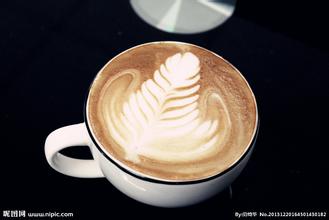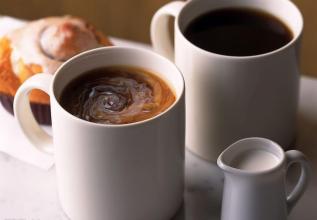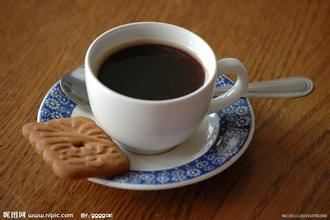Introduction of Honduran raw bean culture boutique coffee beans
Honduran coffee seems strange to many coffee drinkers.
When it comes to coffee production, the geographical conditions of Honduras are no less than those of neighboring coffee-producing countries such as Guatemala and Nicaragua.
However, in the past, Honduras was less well-known in the consumer market because it did not have strong support in the handling and transportation of raw beans. Honduras (Honduras) exported $246424000 of coffee in 2010.
There are 280000 hectares of coffee plantations in Honduras, dominated by small coffee merchants, most of which are less than 3.5ha, accounting for 60 per cent of Hongguo's production. In the coffee garden, people collect coffee beans by hand, and then carefully handle and process them to meet the needs of the market and meet the different tastes of consumers. Honduras collects 3 million bags of coffee every year, providing the world with perfect coffee, unique coffee aroma and multi-quality, making it the second largest coffee exporter in Central America and the tenth largest coffee exporter in the world.
The coffee industry in Hongguo has a bearing on the livelihood of 100,000 families in Hongguo, creating 1 million jobs and creating a permanent economic foundation for Honduras. Honduran coffee is divided into six major producing areas, spread in the west and south, namely Santa Barbara (Santa Barbara), Periso (El Paraiso), Copan (Copan), La Paz (La Paz) and Comayagua (Olan Mound), with an average height of more than 1100 meters above sea level. Coffee varieties are 100 per cent Arabica, 69 per cent are HG and 12 per cent are SHG,19% and CS. There are mainly Typica, Bourbon, Caturra, Villa Sarchi and Lempira brands. Hongguo coffee is of first-class quality, and its price is also the most competitive in Central American countries.

Important Notice :
前街咖啡 FrontStreet Coffee has moved to new addredd:
FrontStreet Coffee Address: 315,Donghua East Road,GuangZhou
Tel:020 38364473
- Prev

Boutique coffee beans Cuskabapa in El Salvador
In Cuscacbapa, El Salvador, coffee beans that have been packaged are about to be exported. Coffee from El Salvador is a specialty of Central America, where it is light, fragrant, pure and slightly sour. Like Guatemala and Costa Rica, coffee in El Salvador is graded according to altitude, and the higher the altitude, the better the coffee. The best brand is Pip
- Next

Introduction to the characteristics of Indonesian Mantenin Coffee beans Lindong, Sumatra Island
This coffee trip visited several famous coffee exporters in MEDAN, the capital of Sumatra. The first is, of course, my supplier PAWANI. I am now their first authorized distributor in China. Hehe, PAWANI has a history of 56 years since its establishment. The founder, Mr. Dudebar, and two companions founded PAWANI, which means a long time.
Related
- Does Rose Summer choose Blue, Green or Red? Detailed explanation of Rose Summer Coffee plots and Classification in Panamanian Jade Manor
- What is the difference between the origin, producing area, processing plant, cooperative and manor of coffee beans?
- How fine does the espresso powder fit? how to grind the espresso?
- Sca coffee roasting degree color card coffee roasting degree 8 roasting color values what do you mean?
- The practice of lattes: how to make lattes at home
- Introduction to Indonesian Fine Coffee beans-- Java Coffee producing area of Indonesian Arabica Coffee
- How much will the flavor of light and medium roasted rose summer be expressed? What baking level is rose summer suitable for?
- Introduction to the characteristics of washing, sun-drying or wet-planing coffee commonly used in Mantenin, Indonesia
- Price characteristics of Arabica Coffee Bean Starbucks introduction to Manning Coffee Bean Taste producing area Variety Manor
- What is the authentic Yega flavor? What are the flavor characteristics of the really excellent Yejasuffi coffee beans?

